Growing mini sweet bell peppers hydroponically is one of the most satisfying indoor gardening experiences. The vibrant, colorful fruits, sweet flavor, and compact plant size make them perfect for home growers. But if you’ve ever seen someone deliberately chop off the top of a thriving pepper plant, you might have wondered—why would anyone do that? Isn’t pruning supposed to be for maintenance, not destruction?
In this guide, inspired by the video “Why I Chopped My Hydroponic Mini Sweet Bell Pepper,” we’ll explore the reasons behind this bold move. You’ll learn how topping (cutting the plant’s growing tip) can actually stimulate better growth, bushier structure, and higher yields. We’ll also go over how to care for your hydroponic pepper plant before and after pruning to ensure it thrives.
Understanding Hydroponic Mini Sweet Bell Peppers
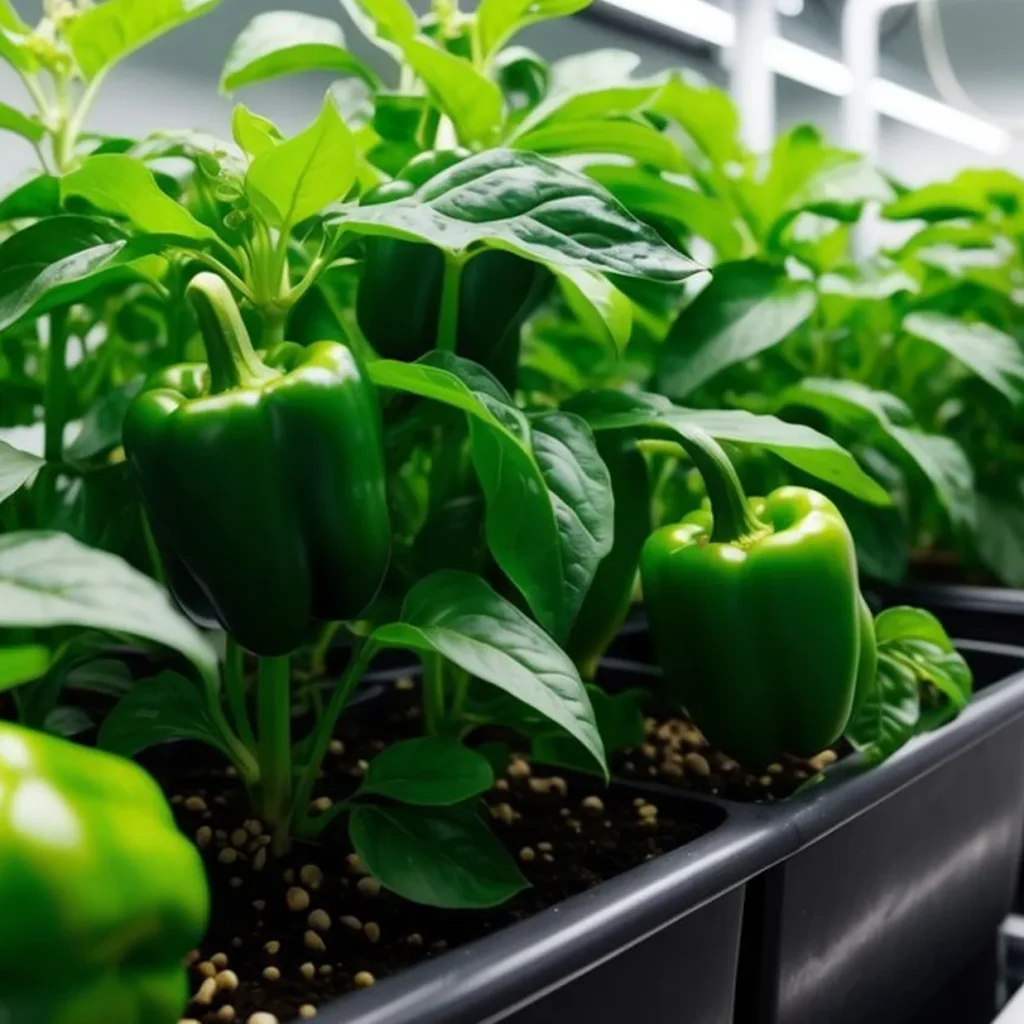
Mini sweet bell peppers are compact, productive plants that can produce dozens of colorful, bite-sized fruits. They’re typically grown for their mild, sweet flavor and crisp texture, making them perfect for snacking or salads. When grown hydroponically, they can thrive year-round with the right balance of water, nutrients, and light.
However, hydroponic systems encourage rapid vegetative growth. Without pruning or topping, pepper plants can grow tall and spindly, with fewer side branches. This results in a weaker structure and reduced fruiting sites. That’s where strategic topping comes in.
Why Top Your Hydroponic Pepper Plant?
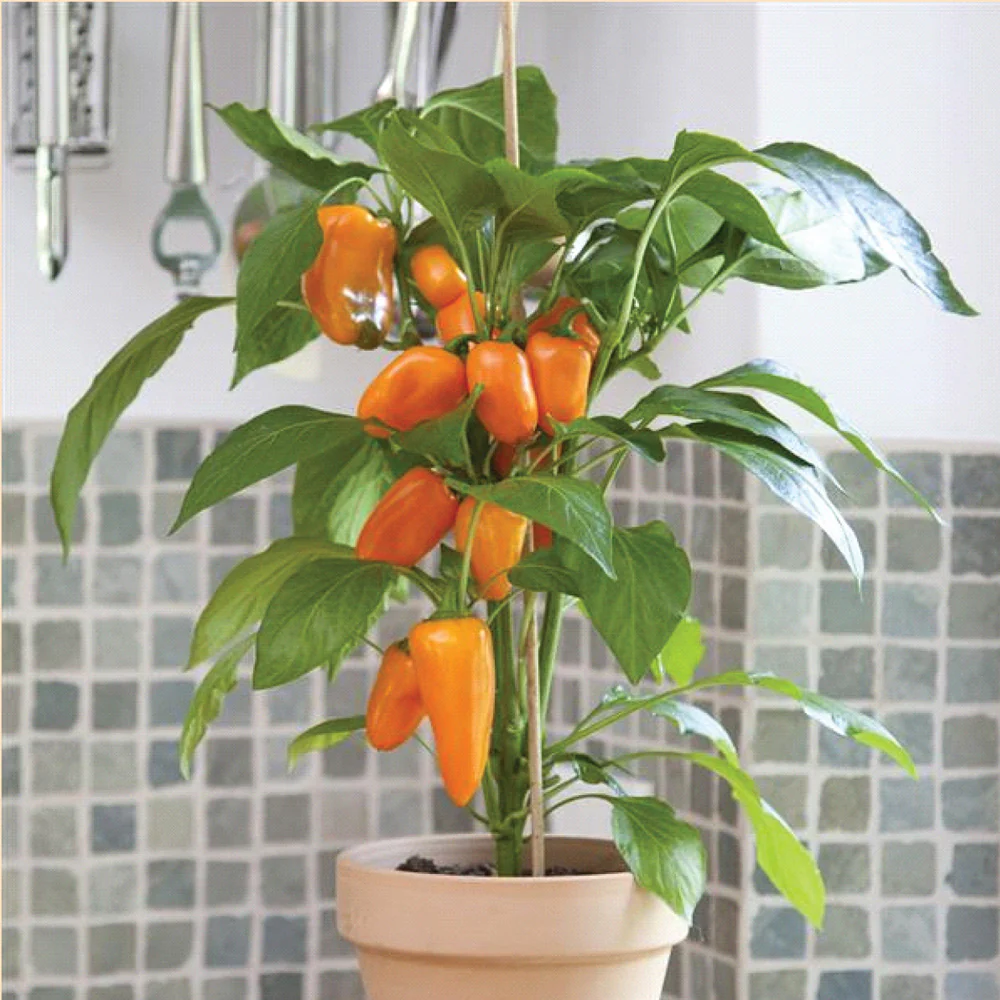
Topping is a simple pruning technique where the top portion of a plant—usually the main growing tip—is snipped off. It may sound counterintuitive, but this action redirects the plant’s energy toward side branches and root growth, leading to a bushier, sturdier, and more productive plant.
Here are the main reasons growers choose to chop their hydroponic mini sweet bell peppers:
1. To Encourage Bushier Growth
When you remove the top of the plant, the dormant buds along the stem are stimulated to grow. These side shoots become new branches, which means more leaves, more flowers, and ultimately more peppers.
2. To Prevent Leggy Growth
Hydroponic setups with strong nutrient solutions and bright LED lighting often push peppers to grow upward quickly. Without topping, the plant may become tall but weak, unable to support heavy fruit loads later on. Topping keeps the plant compact and balanced.
3. To Increase Flower and Fruit Production
Every new branch is a potential flowering site. By promoting branching, topping essentially multiplies your future yield. A single topped plant can often produce twice as many fruits as an unpruned one.
4. To Improve Airflow and Light Penetration
A bushier, shorter plant allows better airflow between leaves, reducing disease risk. It also ensures that light reaches lower parts of the plant—crucial for photosynthesis and fruit ripening in dense hydroponic setups.
5. To Strengthen the Root System
After topping, the plant temporarily shifts energy from upward growth to root expansion. This leads to a stronger root network capable of absorbing more nutrients and water—a huge advantage in hydroponics.
When to Chop Your Hydroponic Mini Sweet Bell Pepper
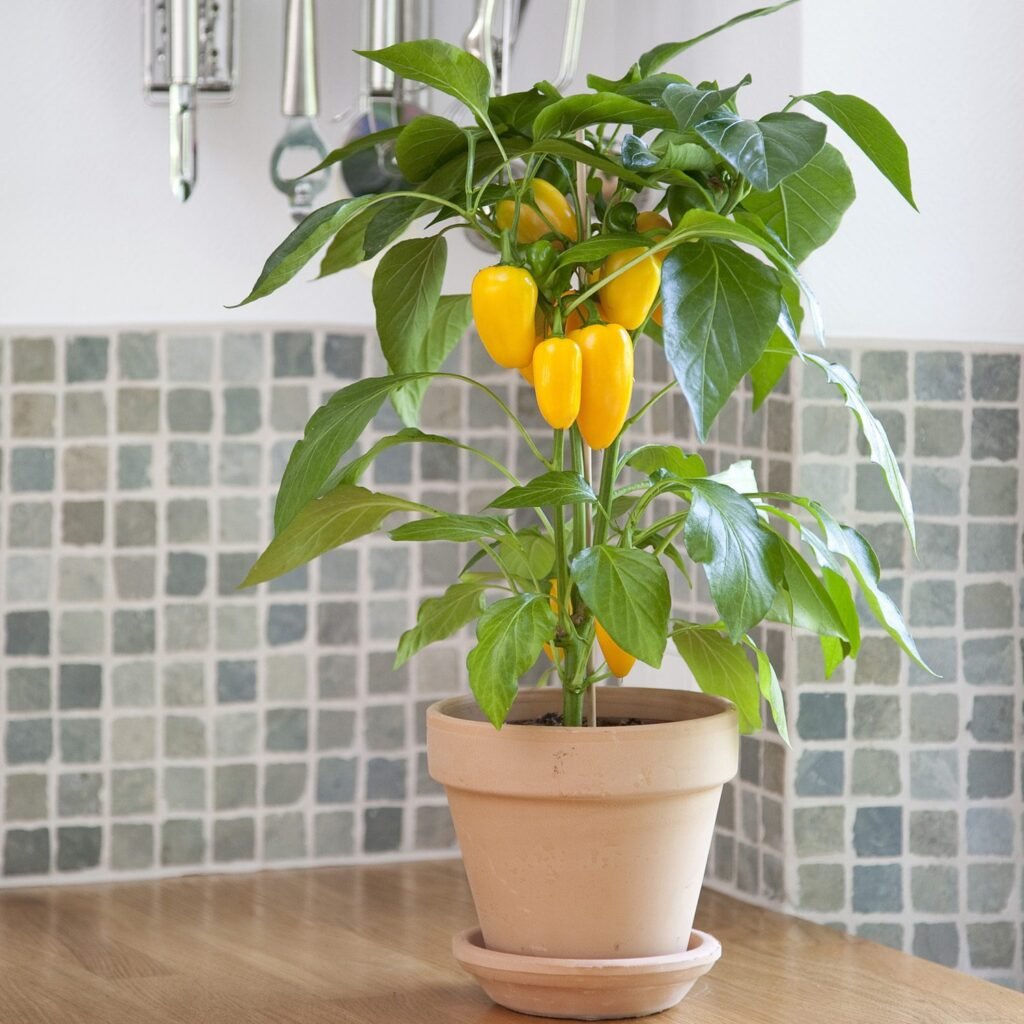
Timing is key. The best time to top your plant is when it has developed 5–6 true leaves or stands about 6–8 inches tall. At this stage, it’s strong enough to recover from pruning but still young enough to redirect growth effectively.
Avoid topping too early, as young seedlings don’t yet have the energy reserves to bounce back. Similarly, avoid topping when the plant is already flowering—it could set back fruit production.
How to Top Your Hydroponic Pepper Plant (Step-by-Step)
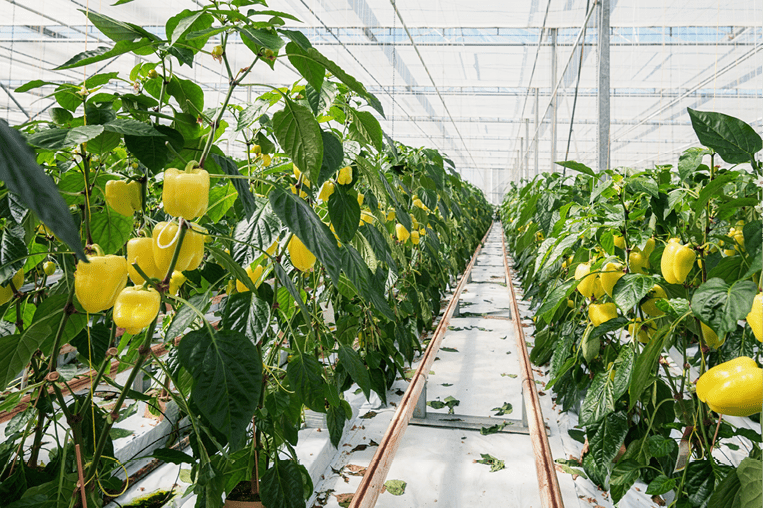
Topping peppers is simple, but precision matters. Here’s how to do it right:
- Inspect the Plant:
Choose a healthy plant with a strong main stem and several sets of true leaves. - Identify the Growth Tip:
Look for the newest growth at the top—this is the apical meristem, or main growing point. - Sterilize Your Tools:
Use clean, sharp scissors or pruning shears. Dip them in alcohol or a mild bleach solution to prevent infections. - Make the Cut:
Snip just above a node (the point where leaves or branches emerge). This ensures that dormant buds below the cut are stimulated to grow. - Monitor Recovery:
Within 5–10 days, you’ll notice new branches forming from the nodes below the cut. These will become the plant’s main fruiting stems. - Provide Support:
As side branches grow, use soft ties or stakes to keep them upright. This prevents them from bending under fruit weight later on.
Aftercare: Helping Your Plant Recover
Topping can be a shock, even for a hardy pepper plant. Proper post-pruning care ensures a quick recovery and vigorous new growth.
- Adjust Lighting: Keep grow lights about 12–14 inches above the canopy to prevent leaf burn while promoting even growth.
- Maintain Nutrient Levels: Provide a balanced nutrient solution rich in nitrogen for vegetative growth (before flowering).
- Monitor pH and EC: Maintain a pH between 5.8–6.5 and electrical conductivity (EC) between 1.8–2.2 for optimal nutrient uptake.
- Ensure Good Air Circulation: Gentle airflow prevents mold and strengthens stems.
- Don’t Overwater: While hydroponics runs on water, ensure roots get enough oxygen. Aerate the nutrient solution or use air stones.
The Results: What to Expect After Topping
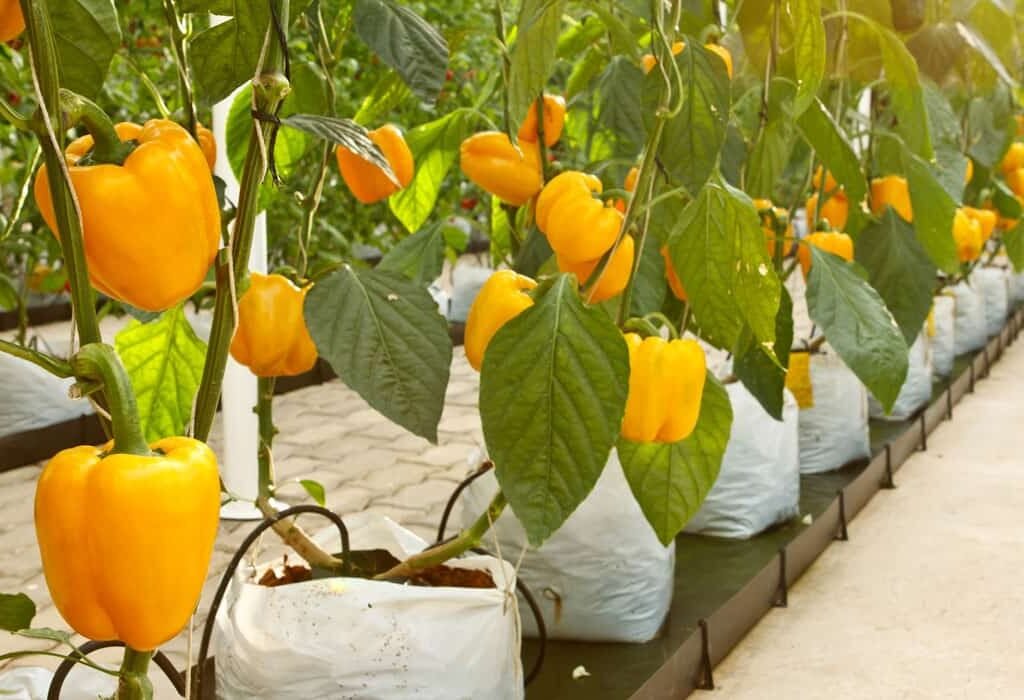
After a week or two, your plant will start branching out beautifully. You’ll see two or more strong side shoots emerging from below the cut point. These will soon grow into sturdy stems capable of supporting multiple fruits.
As the plant matures, it will naturally produce more flowers and, consequently, more peppers. The result? A compact, bushy plant loaded with colorful, sweet bell peppers ready for harvest.
Many hydroponic gardeners report that topped plants not only produce higher yields but also have better fruit quality—larger, thicker-walled, and sweeter peppers.
Troubleshooting Common Issues After Topping
Even with the best care, you may encounter a few hiccups. Here’s how to fix them:
- Slow Recovery: Ensure your nutrient solution isn’t too strong; high EC can stress the plant. Lower it slightly for a week.
- Yellowing Leaves: Could be a nitrogen deficiency—boost your nutrients slightly or check pH levels.
- Weak Branches: Provide light airflow or support with stakes to encourage stronger growth.
- No New Growth: Ensure the cut was made above a healthy node. If not, new buds might not develop properly.
Pro Tip: Combine Topping with Light Pruning
Once your plant becomes bushy, you can lightly prune excess inner leaves to improve airflow. Remove any small, shaded leaves or unproductive stems to direct energy toward main fruiting branches.
Hydroponic systems make this process easier because plants recover faster and continue growing steadily without soil limitations.
The Takeaway
Chopping your hydroponic mini sweet bell pepper might look drastic, but it’s actually one of the smartest moves you can make. This simple topping technique transforms a tall, spindly plant into a bushy, productive powerhouse bursting with sweet, colorful peppers.
By understanding the timing, method, and aftercare of topping, you can take full advantage of your hydroponic system’s potential—achieving faster growth, stronger plants, and heavier yields.
So next time you find yourself hesitating with the scissors in hand, remember: a little chop today means a lot more peppers tomorrow!
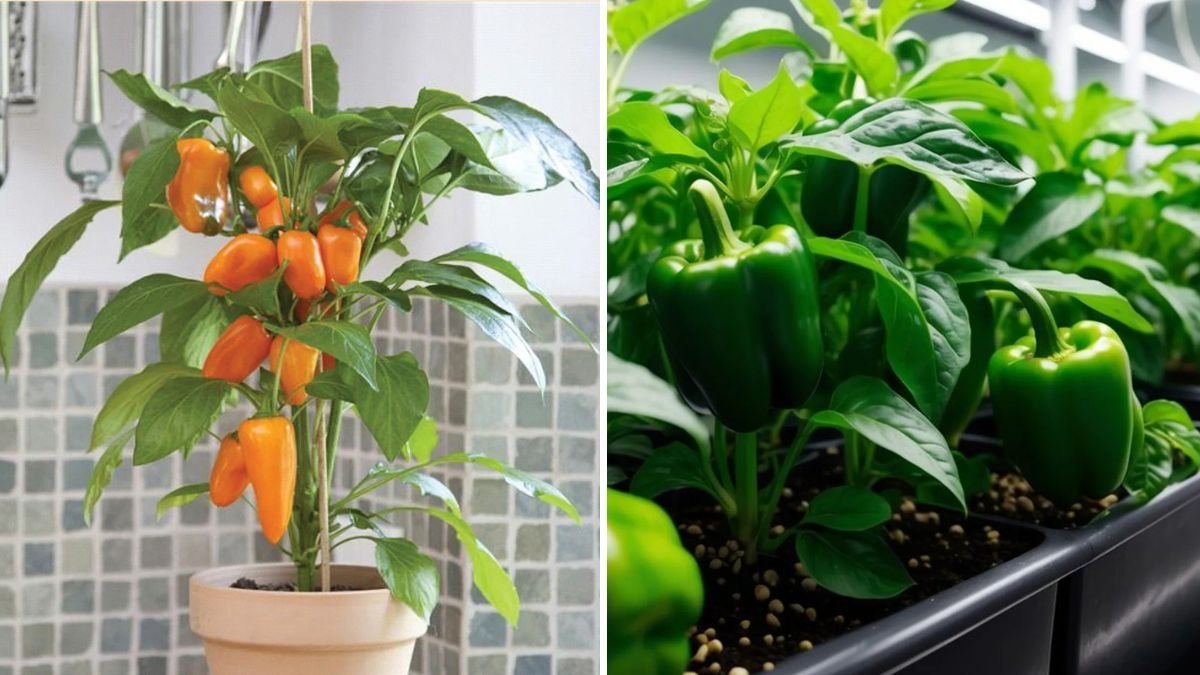





Leave A Comment